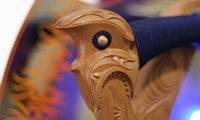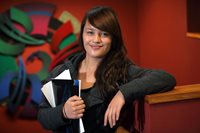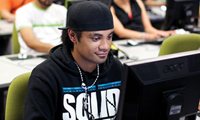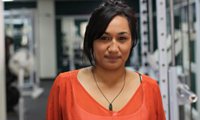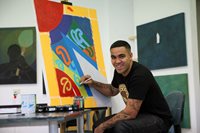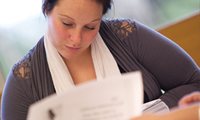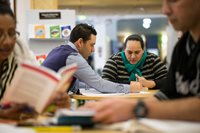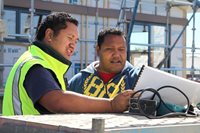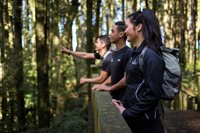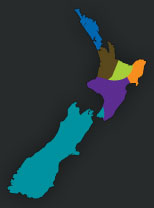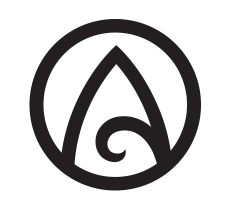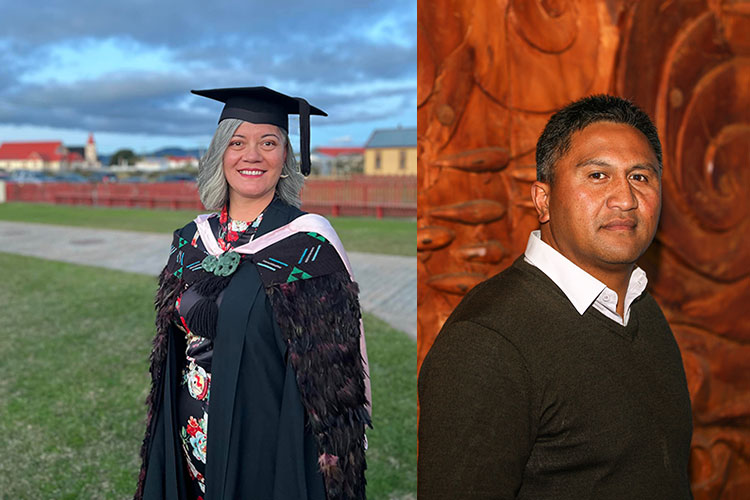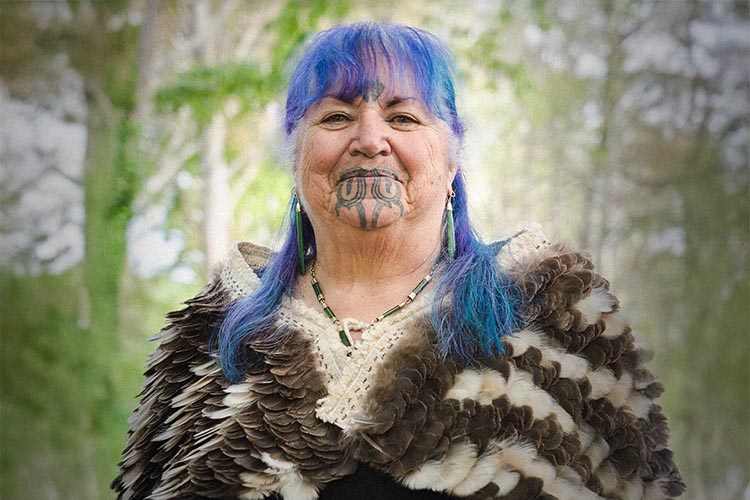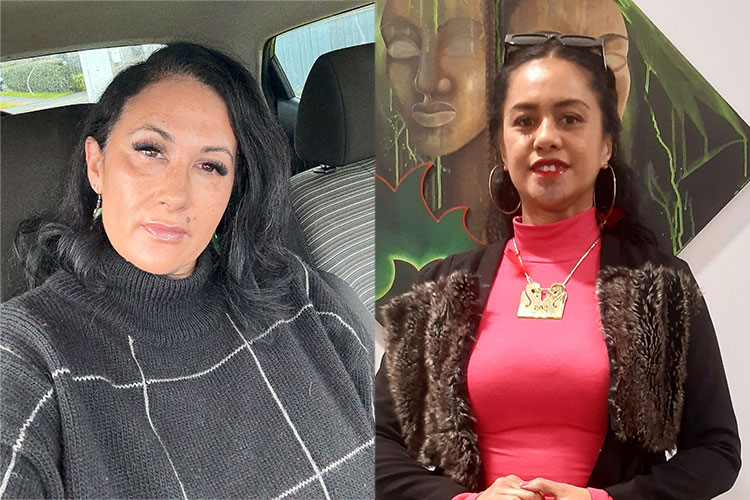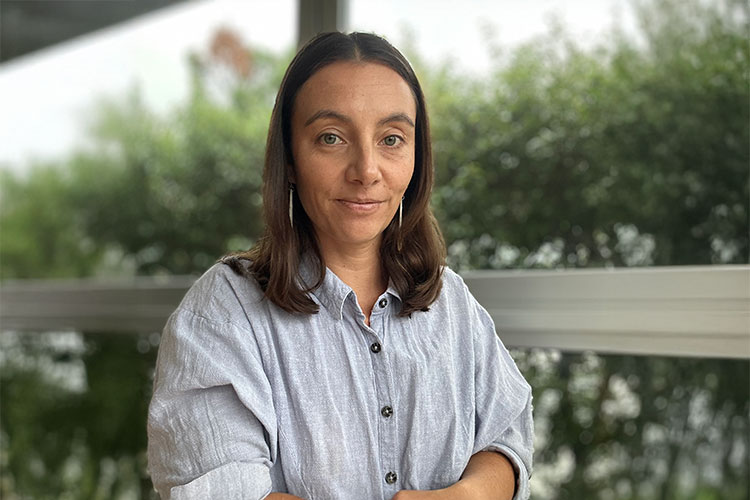In a creative field largely dominated by non-Māori artists, ceramicist Tracy Keith (Ngāpuhi) is always happy to educate others about how Māori view and use uku (clay).
Tracy is kaiako for Maunga Kura Toi - Bachelor of Māori Arts at Te Wānanga o Aotearoa in Hastings and is one of our leading Māori ceramicists.
He was part of a panel discussion about uku in contemporary practice, with fellow Māori ceramacists Stevei Houkāmau (Ngati Porou, Te Whānau-ā-Apanui, Rangitāne) and Cora-Allan Lafaiki-Twiss (Ngāpuhi, Tainui, Niue) at the Breaking Ground Ceramics Symposium in Tāmaki recently, and says events such as that provide good opportunities to share their experiences with a largely non-Māori audience.
“They can have a look at what other cultures are doing. We had Asian clay workers there and a manuhiri from Australia, so it was a good blend of different cultures, but they led with Māori so that was good,” he says.
“I think it's quite vital that we share our rangahau. We need to practise what we preach and so if we're not in the studio, we're out getting involved in talks and panels and things like that.”
They also present the chance to debunk some myths about Māori and clay work, he says.
“It’s that old chestnut, and it needs to be put to bed. Why are Māori using and making ceramic vessels and sculpture when it wasn't really in our whakapapa.”
“I was a bit cheeky and just said to them, you know, I use knives and forks and no one’s pulling me up about that. But understanding the history and whakapapa of clay helps me practice a holistic attitude towards the whenua, how we treat it and its reaction to our treatment of it. They’re reminders of our relationship to the whenua.”
Alongside teaching his tauira, Tracy has also been working on his own practice and creating new works for exhibitions scheduled later in the year.
“I'm showing with Ngā Kaihanga Uku collective at the Suter Gallery in Nelson in August and a solo exhibition in September, so there’s a few things happening.”
He also used the symposium as an opportunity to acknowledge the role Te Wānanga o Aotearoa plays in the arts world.
“We’ve (Te Wānanga o Aotearoa) done a lot for education, for educating our people. We have our ups and downs, but I think we've done some really good stuff for our people.”
Find out more about our Toi Māori (Arts) programmes.


